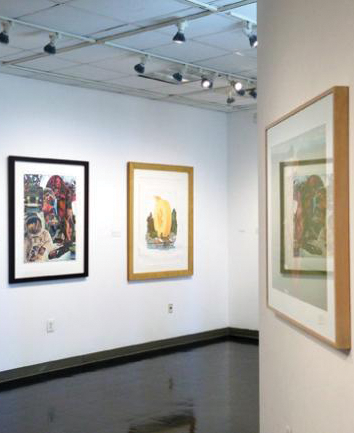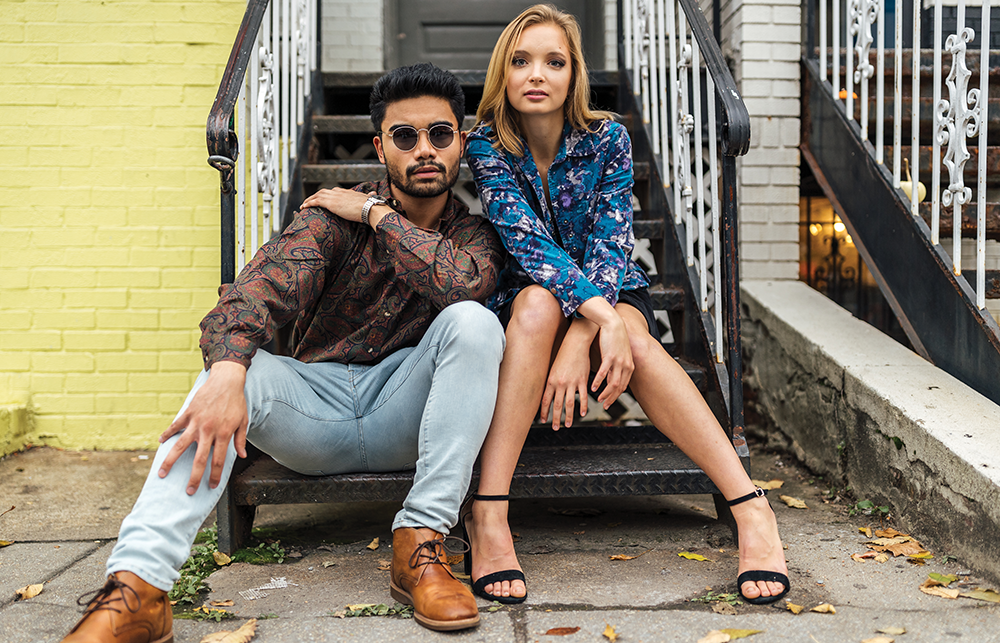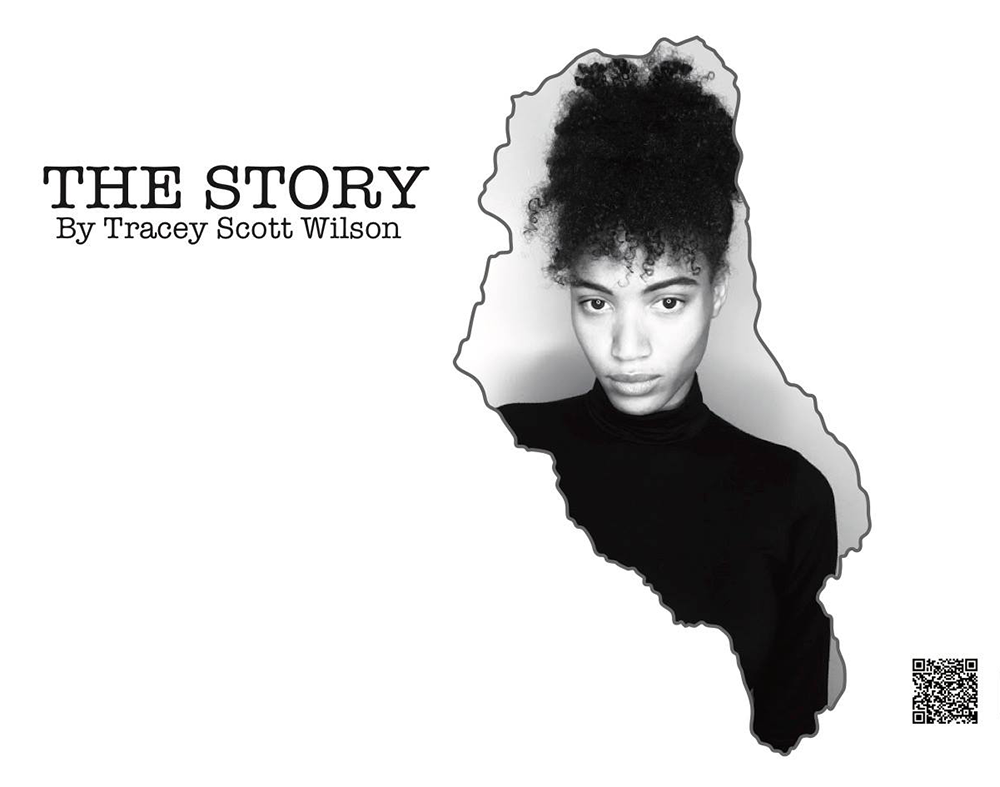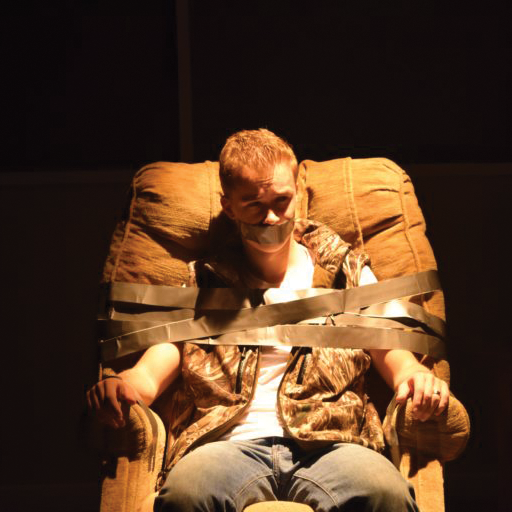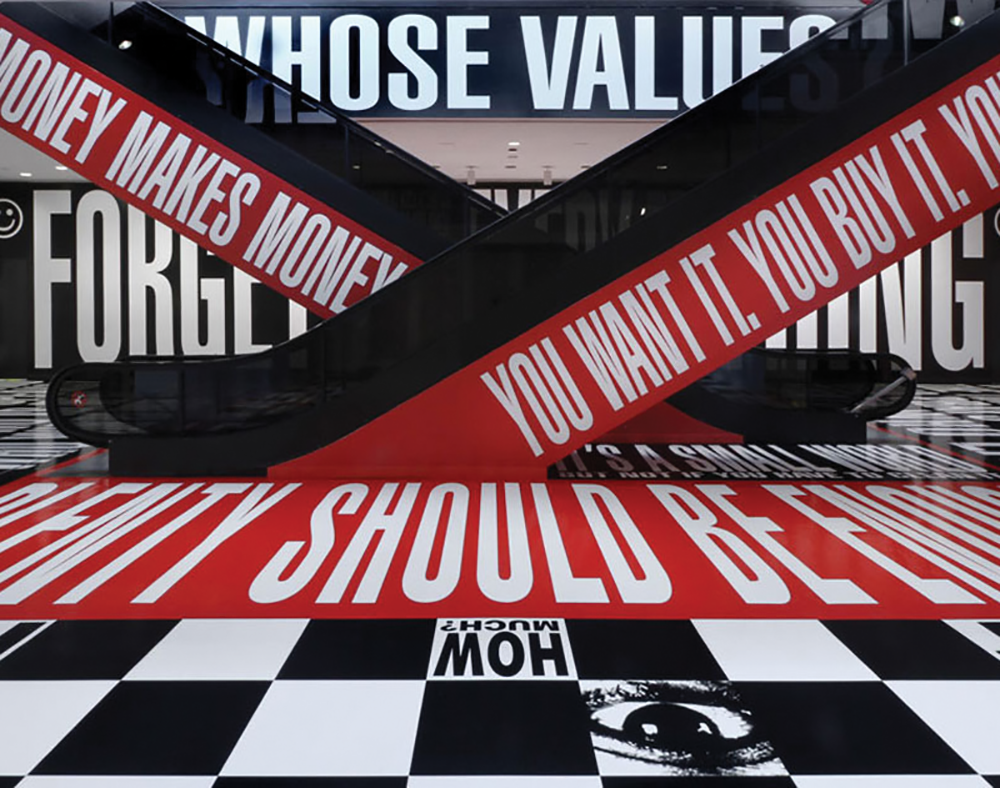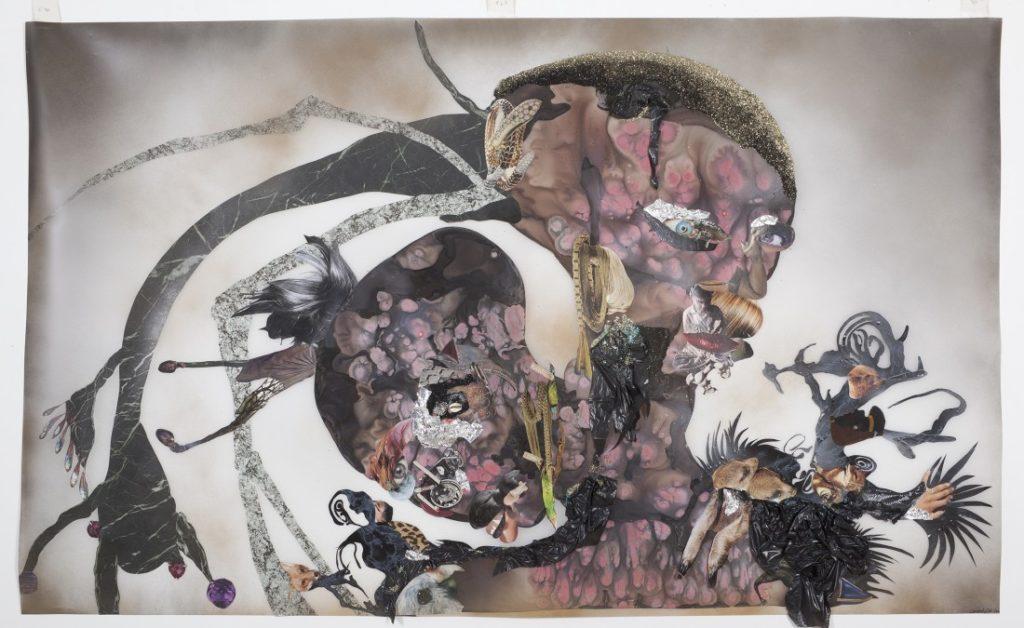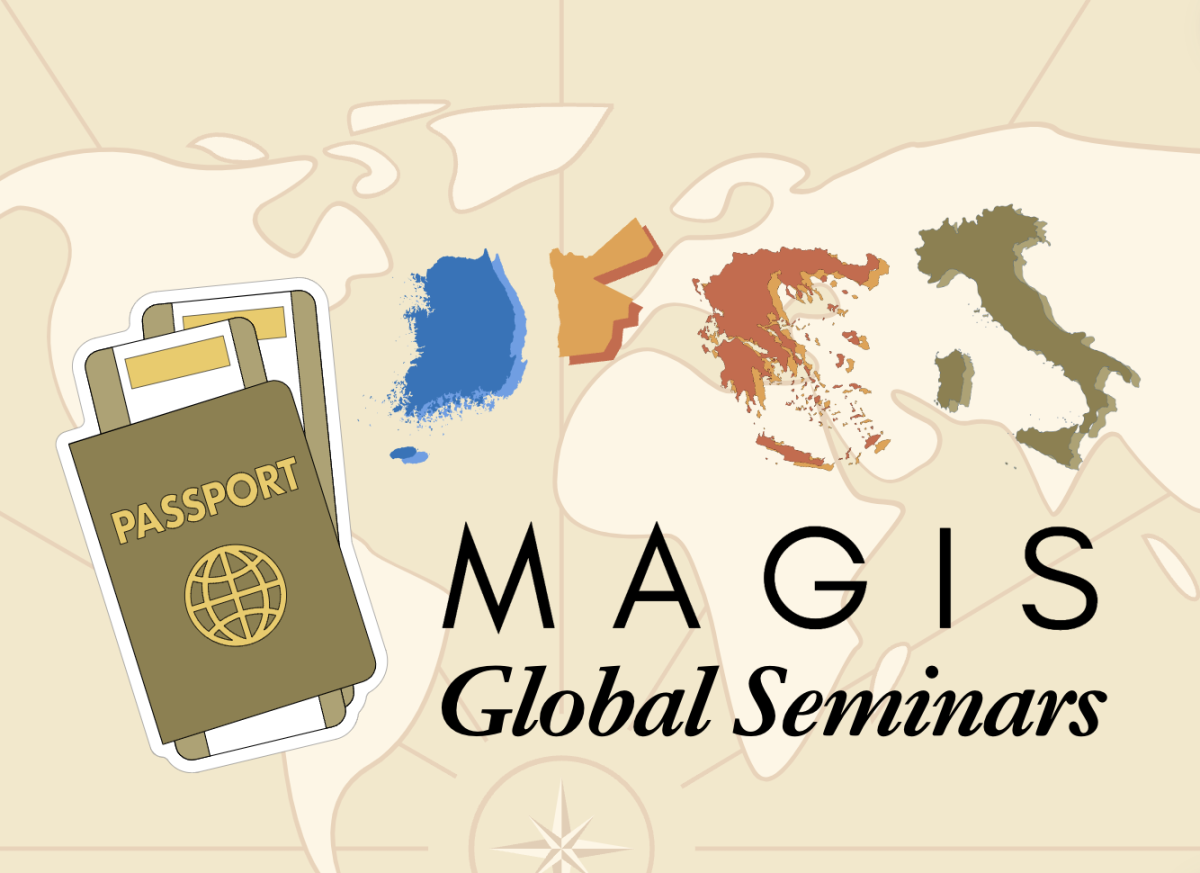Georgetown is a center of dialogue about art and politics, integrating both of these disciplines through its diverse coursework. The department of art and art history gives students the opportunity to explore political concepts and movements through a strong arts education.
Art as a Foundation
Georgetown’s art and art history department tackles political art in different ways. The art department does not offer specific courses on the subject, though there are several art history courses that directly discuss it.
“Generally as a department we do not stress politics as subject of a painting, but it is provided as one of the many directions an artist can go,” said John Morrell, director of undergraduate studies in art. “But if students do [create political art], I remind them to be aware of what political statement may be inappropriate to someone else.”
According to Morrell, students tend to look at art in terms of its aesthetics, rather than its deeper meaning. As a result, students are not encouraged to dive headfirst into creating political art.
Art as a Mechanism of Politics
While the art disciplines emphasizes skills and mechanics, the art history side of the department offers classes that directly tackle the intersection of art and politics throughout history and the relevance of this relationship today.
Shana Klein, an art history professor at Georgetown who has taught courses in African-American and Native American art, will teach a class called “Monuments and Memorials” this coming spring semester.
Klein believes the class will spark discussion about the Confederate monuments that are being torn down. The class will also focus on the theme of national identity in art as well as the misrepresentation of certain communities in art.
“Historically, representations of African-Americans have been stereotyped,” Klein said. “So I try to find out from students how these images are biased.”
She teaches the importance of understanding the context behind pieces of art to understand the political and social issues behind them.
Encouraging a participative classroom environment, Klein is always looking for students to speak to her about their interpretations of artwork.
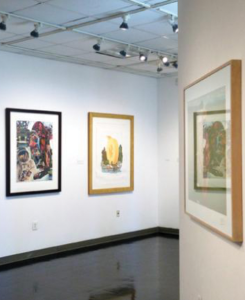
“I encourage them to think about not only who is represented in the image, but also at whose expense is this image produced or who has been marginalized or written out of the picture plane,” Klein said. “It is the omission and the absences in art that can be just as enlightening as the people who are visualized in art.”
“Monuments and Memorials” is just one of several art history classes that discusses the importance of art in politics throughout history and examines the impact of this interaction on society today. Klein encourages students to try enrolling in an art history class, regardless of what discipline they study.
Art as an Interdisciplinary Subject
An artist can never create art in isolation.
“Artists are not working in a vacuum. They are influenced by the cultural and historical events around them, so art is, for that reason, one of the more perfect platforms and devices that we can use to talk about history and politics,” Klein said. “Art, as a creative platform, allows people to discuss politics. It has a visual impact by helping us process concepts differently and altering our perspectives about gender and race and class.”
Bruce McKaig, a professor of studio arts, reinforced this idea.
“Artists are sponges just like we are,” he said. “They cannot produce something that is completely isolated from their contemporary context.”
Thus it seems almost inevitable for political and social events to influence art.
Klein realizes that many of her students’ perspectives on art history have changed over the course of taking one of her classes.
“They thought art was all about looking at the aesthetic and formal quality of painting and analyzing the color and the light, but they realized that it also has to do with politics and economics and the historical context in which it’s produced,” she said.
Regardless of what impact it has, art is a platform for discussion and broadcasting political and social messages. Through the art and art history department, Georgetown students are able to further explore political concepts that are so often discussed in their history and government classes.


